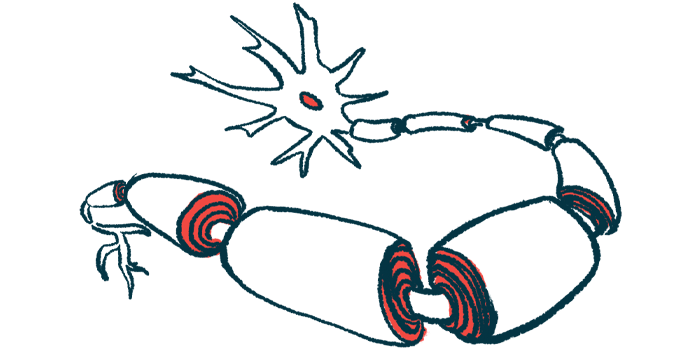Project Seeks Way to Deliver Therapies to Peripheral Nerves

The CMT Research Foundation has awarded nearly $100,000 to support a project that is seeking a better way to deliver treatments to peripheral nerve tissue.
“If successful, this work will provide the evidence for further development of this novel approach to overcoming the drug delivery challenge in CMT,” Susan Ruediger said in a press release emailed to Charcot-Marie-Tooth News. Ruediger is co-founder and CEO of the CMT Research Foundation.
Charcot-Marie-Tooth disease (CMT) is a group of disorders that affect the peripheral nervous system — the network of nerves that runs through the body and help control movement and sensation. In theory, treating CMT likely will involve delivering some kind of therapy to peripheral nerve cells, but doing so will require overcoming the blood-nerve barrier.
The blood-nerve barrier defines the space where nerve fibers, Schwann cells (which form myelin, the fatty covering of peripheral nerves) and other cells of a peripheral nerve operate. It controls which substances are able to move out of the bloodstream and into nerve tissue, and is formed by tiny blood vessels. A similar barrier called the blood-brain barrier regulates what can and cannot enter the brain.
These barriers help to keep nerve cells safe from potentially harmful toxins, but they also often block medications.
The newly funded project will test a new delivery system that may be capable of crossing the blood-nerve barrier to deliver a therapeutic payload to nervous tissue, without toxic side effects. The 13-month project is being led by Kelly Langert, PhD, a professor at Loyola University in Chicago, Illinois.
“Drug delivery is a fundamental problem in neurological diseases and frequently results in otherwise promising therapies failing to advance,” Langert said.
“Typically, the therapy cannot reach the nervous system or must be given in such high doses to reach the nervous system that it results in toxicity. In the peripheral nerves, this problem is caused in large part by the blood-nerve barrier,” Langert added. “Overcoming this problem is significant. One way may be to package the treatment in such a way that it ‘tricks’ the peripheral nerves into allowing it entry across the blood-nerve barrier.”
Ruediger added: “It is this kind of out-of-the-box thinking that we are pleased to fund in our mission to eradicate CMT.”







